Feng Ying is one of China's most famous ballerinas and the director and artistic director of the National Ballet of China. She has interpreted many classic characters, including the white swan and black swan in "Swan Lake," Giselle in "Giselle," and Wu Qionghua in "The Red Detachment of Women." In the cultural program "Meet the Masters" produced by China Media Group, Feng Ying tells the story of her journey as a ballerina.
14:50

Feng Ying was born in Harbin in northeast China's Heilongjiang Province in 1963. Her innate love for dance since childhood resulted in her being selected for the Beijing Dance Academy at the age of 10. However, her career and development as a dancer was not as smooth as she expected.
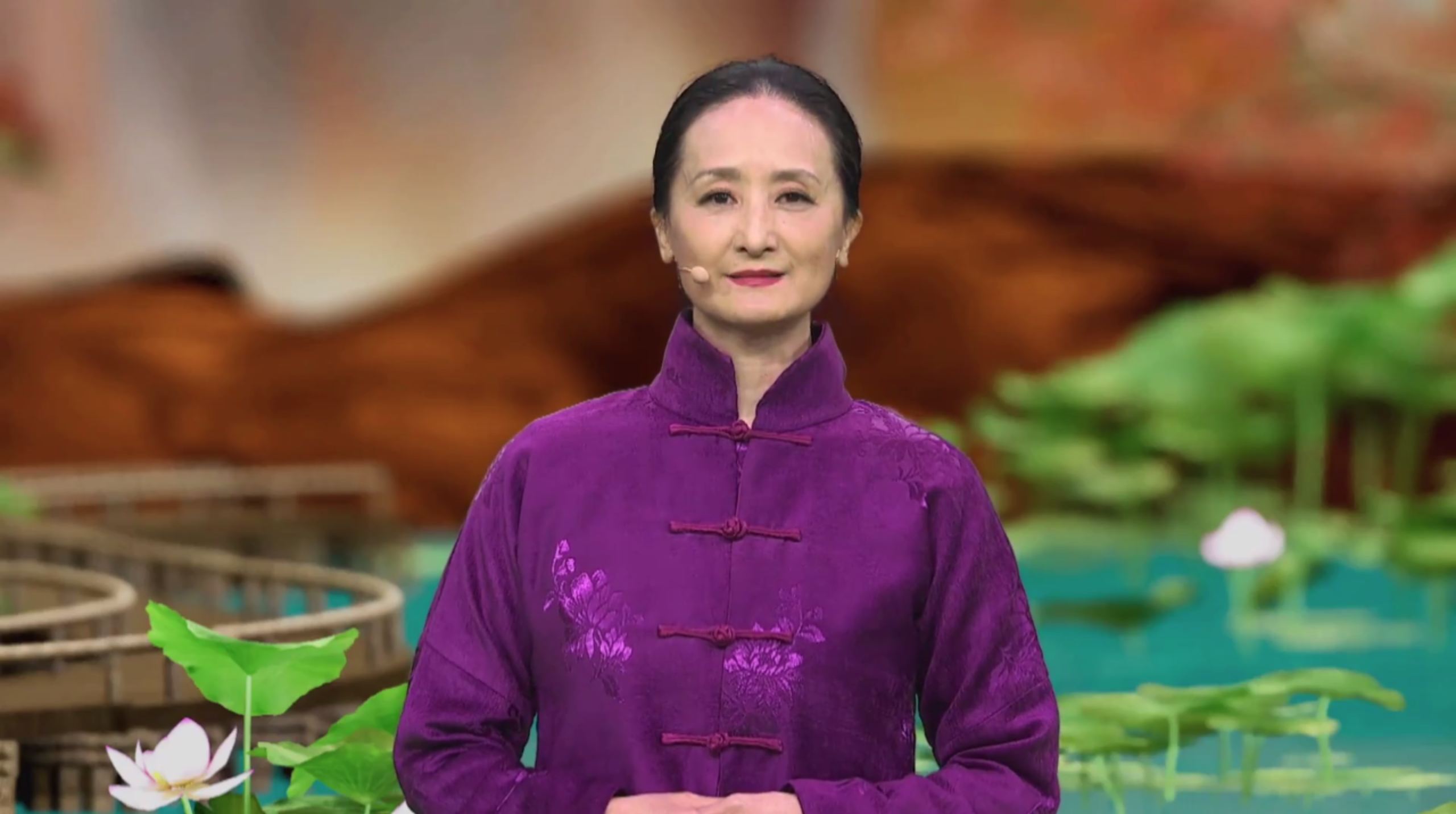
Feng Ying, one of China's most famous ballerinas and the director and artistic director of the National Ballet of China /CGTN
Feng Ying, one of China's most famous ballerinas and the director and artistic director of the National Ballet of China /CGTN
After entering the Beijing Dance Academy, Feng Ying realized that her instep defect would be a huge obstacle to perform ballet. In order to achieve a curved instep and high arch to perfectly express the correct movements, she eventually made the decision to have a surgery to remove some bones in her feet. "Although it seems to others I have suffered a lot, it was all worth it," Feng said.
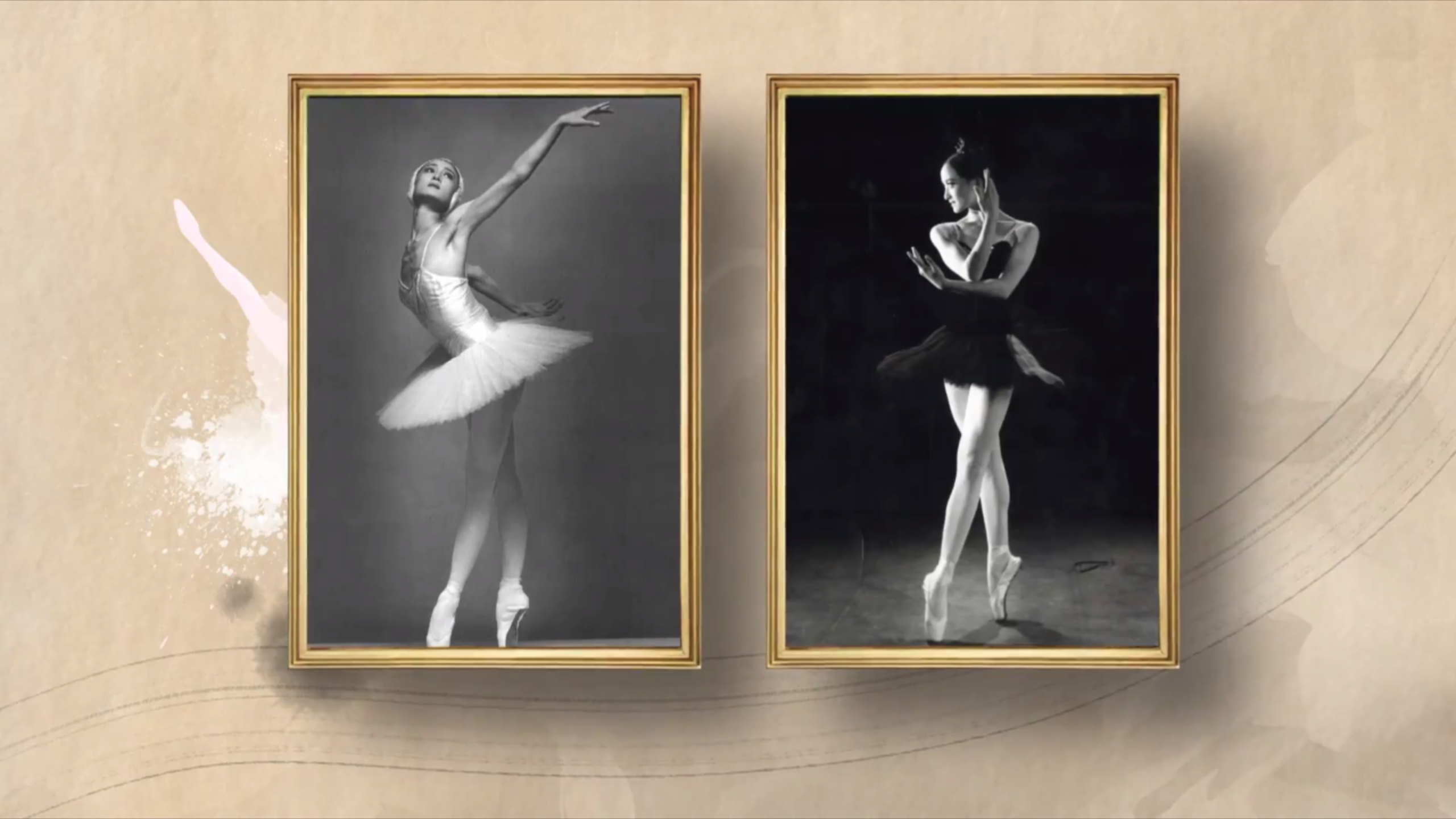
Stage photos of "Swan Lake" performed by Feng Ying /CGTN
Stage photos of "Swan Lake" performed by Feng Ying /CGTN
Feng's obsession and dedication to ballet finally paid dividends. After graduation, she joined the National Ballet of China and became one of the top dancers in the troupe. In 1992, she joined the third generation of dancers to play the heroine Wu Qionghua in "The Red Detachment of Women," a character she had always dreamed of portraying. To render the character more delicately, she discussed with the director the ways of redesigning the movements and added her own understanding to the performance.
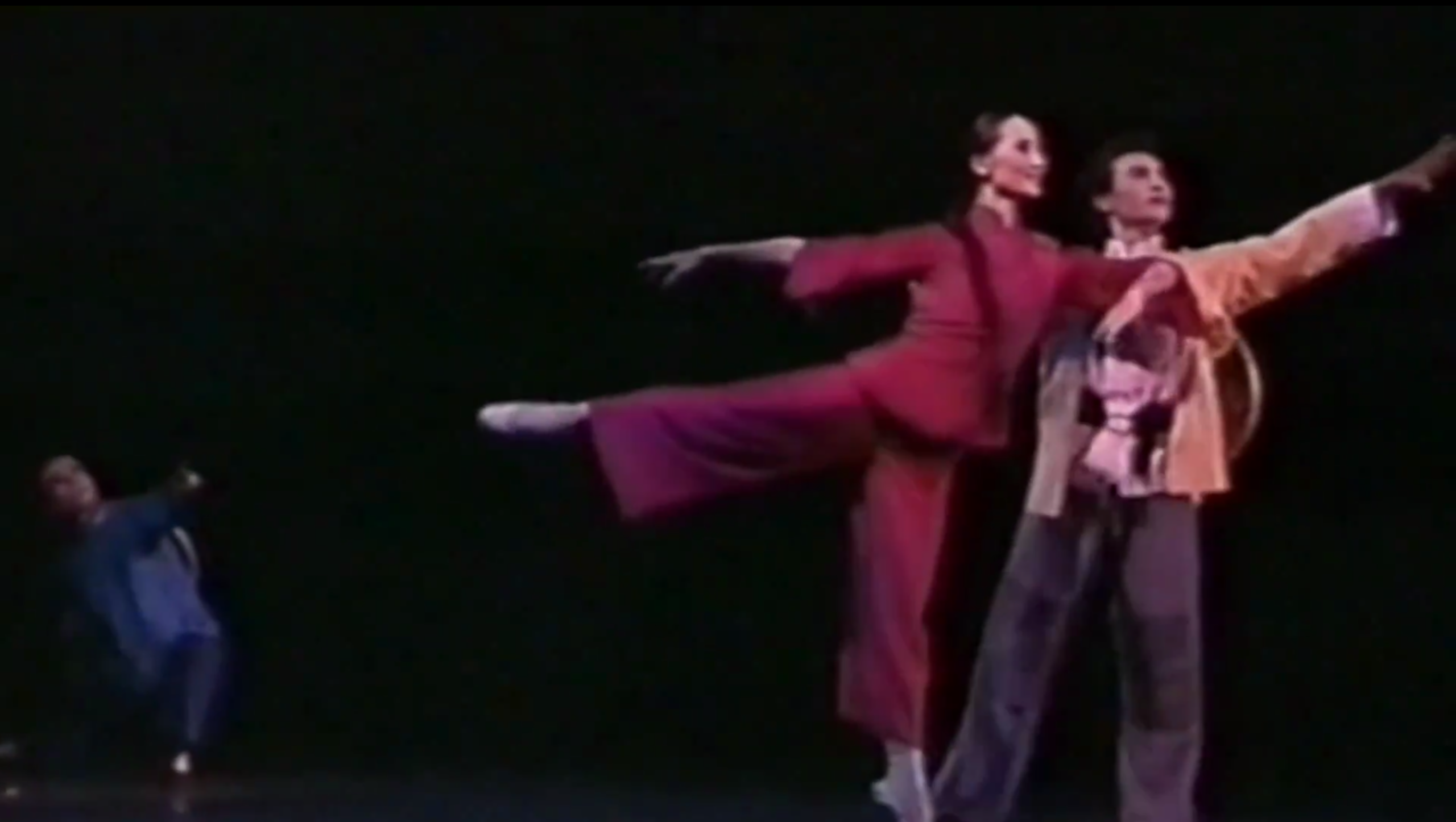
Feng Ying plays the heroine Wu Qionghua in "The Red Detachment of Women." /CGTN
Feng Ying plays the heroine Wu Qionghua in "The Red Detachment of Women." /CGTN
As a prima ballerina, Feng Ying has performed a large number of repertoires staged by the National Ballet of China, putting all her passion and enthusiasm into every character she ever played. After interpreting many wonderful characters, she retired from the stage at the age of 37 due to the accumulated injuries and illness sustained during her years of rigorous training and practice, and became a teacher and choreographer in 2000.
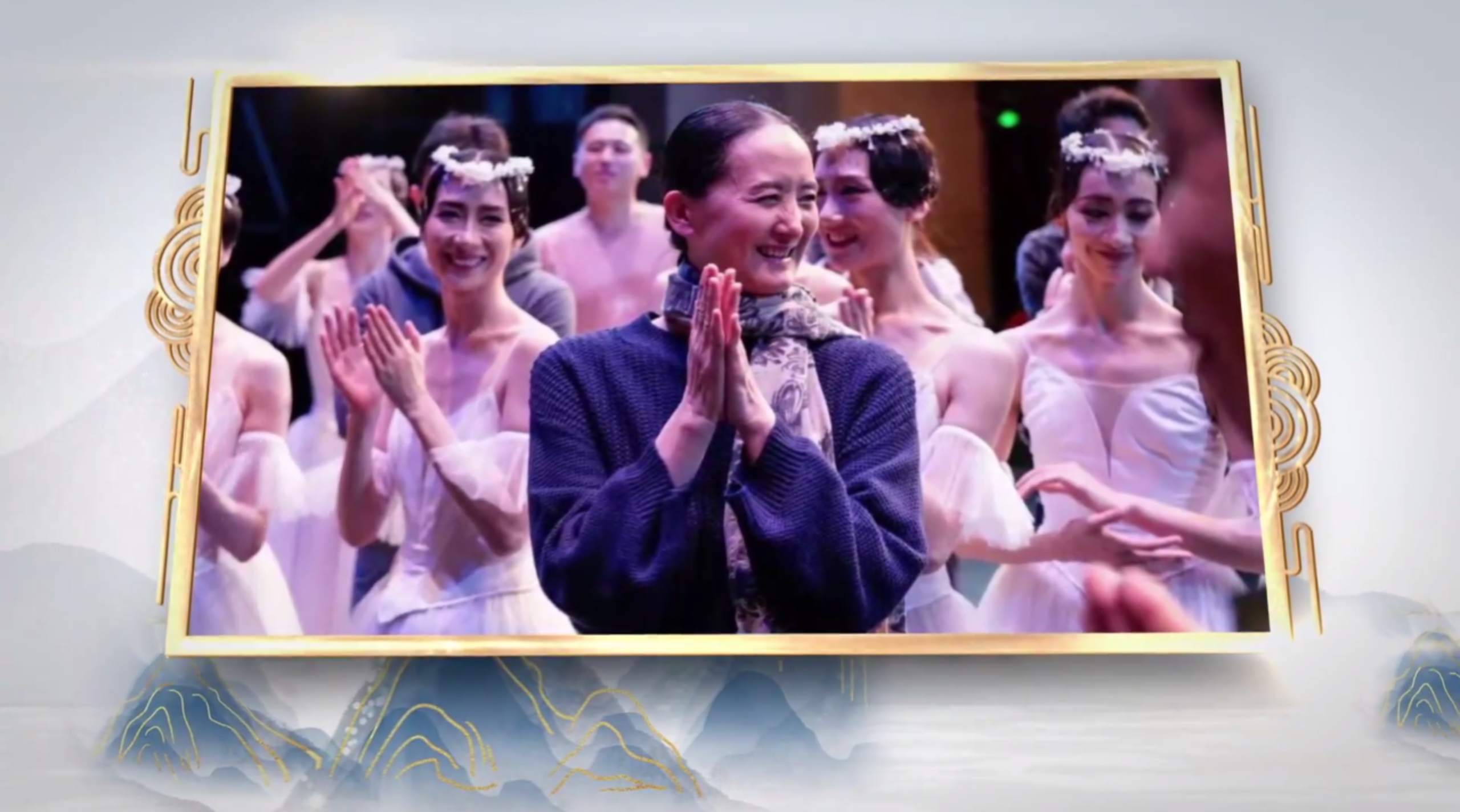
Feng Ying becomes a teacher and choreographer in 2000 after retiring from the stage. /CGTN
Feng Ying becomes a teacher and choreographer in 2000 after retiring from the stage. /CGTN
Nine years later, Feng Ying returned to her beloved stage with a new identity – the director and artistic director of the National Ballet of China. She gradually gained a new understanding of the art.
"Chinese ballets are more expressive, the dancers are better at using body language, and their artistic expression is more delicate, more rhythmic, and more connotative." Feng Ying said, "As ballet entered China in the 1950s, it only has a history of around 70 years; but the Chinese school of ballet is gradually developing."
In order to promote original creations, she has held a "Ballet Creative Workshop" every year since 2010, training a group of talented ballet choreographers.
Under her leadership, the National Ballet of China has not only polished the classics but also created a number of outstanding modern works, including "Chinese New Year," which is the Chinese version of "The Nutcracker," "The Crane Calling," which tells a story of protecting cranes, and "The Light of Heart," which focuses on protecting the heritage items of Dunhuang in Gansu Province.
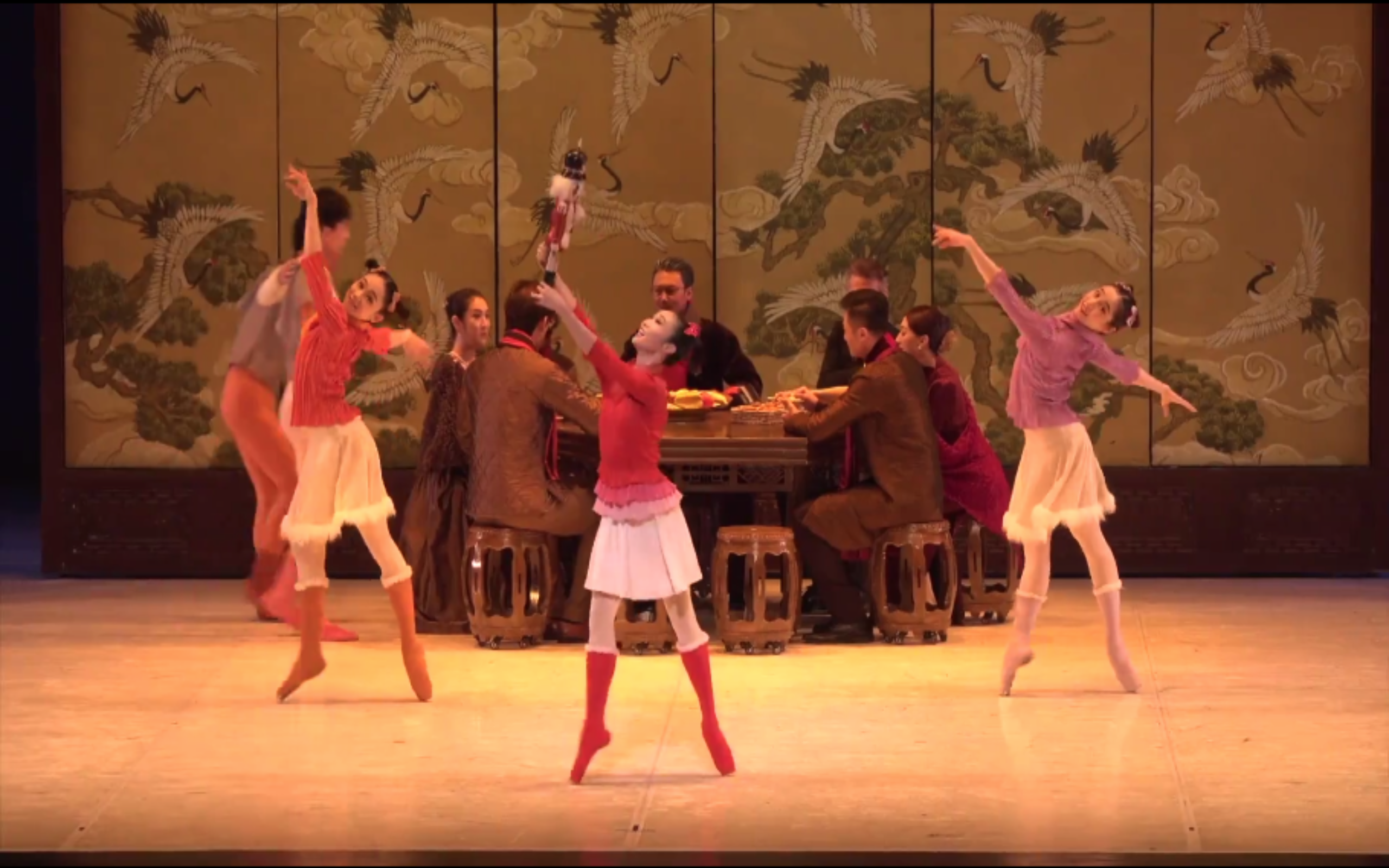
A stage photo of the ballet performance "Chinese New Year" /CGTN
A stage photo of the ballet performance "Chinese New Year" /CGTN
Feng Ying believes that artists should base their works on China but adopt an international perspective. She said they should absorb the outstanding achievements of human civilization and turn them into cultural and artistic works with Chinese characteristics.
Under the leadership of dance artists like Feng Ying, the Chinese school of ballet has developed quickly, with contemporary works starting to tell the stories of modern China and expressing the thoughts and feelings of the Chinese people.